SLIM HARPO

Slim Harpos first publicity shot, late 1950s (Courtesy Bear Family Records)
SLIM HARPO
BLUES KING BEE
OF BATON ROUGE
MARTIN HAWKINS
 LOUISIANA STATE UNIVERSITY PRESS BATON ROUGE
LOUISIANA STATE UNIVERSITY PRESS BATON ROUGE
Published by Louisiana State University Press
lsupress.org
Copyright 2016 by Martin Hawkins
All rights reserved. Except in the case of brief quotations used in articles or reviews, no part of this publication may be reproduced or transmitted in any format or by any means without written permission of Louisiana State University Press.
Louisiana Paperback Edition, 2022
Designer: Barbara Neely Bourgoyne
Typeface: Minion Pro
Rainin in My Heart: Words and Music by James Moore & Jerry West.
Copyright 1961 Embassy Music Corp.
Chester Music Limited trading as Campbell Connelly & Co.
All Rights Reserved. International Copyright Secured.
Used by permission of Chester Music Limited trading as Campbell Connelly & Co.
Occasional paragraphs in this book discussing Slim Harpos recordings and their production are adapted from the authors booklet accompanying the CD boxed set Buzzin The Blues: The Complete Slim Harpo (2015) and are reproduced with permission of Bear Family Records.
Cover illustration: Slim Harpos first publicity shot, late 1950s, courtesy of Bear Family Records.
Library of Congress Cataloging-in-Publication Data
Names: Hawkins, Martin, author.
Title: Slim Harpo : blues king bee of Baton Rouge / Martin Hawkins.
Description: Baton Rouge : Louisiana State University Press, [2016] | Includes bibliographical references and index.
Identifiers: LCCN 2016008119| ISBN 978-0-8071-6453-2 (cloth : alk. paper) | ISBN 978-0-8071-6454-9 (pdf) | ISBN 978-0-8071-6455-6 (epub) | ISBN 978-0-8071-7729-7 (paperback)
Subjects: LCSH: Harpo, Slim, 19241970. | Blues musiciansUnited StatesBiography.
Classification: LCC ML420.H163 H39 2016 | DDC 781.643092dc23 LC record available at http://lccn.loc.gov/2016008119
For the King Bee, wherever he may buzz,
for all the worker bees, keeping the music alive,
and for the Gambler and Moore families
CONTENTS
.
FOREWORD
A biography of Slim Harpo, the Baton Rouge swamp-bluesman? The possibility never occurred to music writers during Harpos lifetime. In fairness, blues research was still in its comparative infancy then. For example, in the United States, Living Blues magazine was not founded until 1970, the year that Harpo died and took his memories with him. A couple of short latter-day interviews were all Martin Hawkins had to work with as prime sources for this long-overdue book.
Those early overseas researchers from Blues UnlimitedMike Leadbitter, Bruce Bastin, and Rick Milnehad traveled the South in the 1960s, to be joined by Robin Gosden and myself in 1970. But in those days, everybody was looking at a virtual blank slate in blues-research terms, and wanted to fill in the big picture first, so individual artist biographies were not a priority.
Even today, the Louisiana blues bookshelf is hardly groaning with publications. Through Leadbitter, such a visionary, there were trailblazing Blues Unlimited pamphlets: Crowley, Louisiana Blues (1968), devoted to J. D. Jay Miller and his artists, and From the Bayou, a study of Goldband Records with Eddie Shuler (1969). Then Leadbitter edited Nothing but the Blues (1971), a compendium of Blues Unlimited articles with swamp-blues content. In 1975, Harry Oster, who had recorded Robert Pete Williams among other old-style bluesmen, contributed Living Country Blues (first published locally in 1969), followed by Jimmy Beyers local pamphlet Baton Rouge Blues (1980). I stepped into the fray with the book South to Louisiana: The Music of the Cajun Bayous (1983), giving historical overviews of Cajun, zydeco, swamp-blues, local hillbilly, and swamp-pop music on phonograph record. Since then, the zydeco element has been covered in Michael Tisserands The Kingdom of Zydeco (1998) and Zydeco! by Rick Olivier and Ben Sandmel (1998). Also, swamp-pop artist Johnnie Allans Memories (1988), a pictorial history of South Louisiana musicians, includes several Baton Rouge blues and rhythm-and-blues (R&B) artists. Then Shane Bernards Swamp Pop: Cajun and Creole Rhythm and Blues (1996) studied the rock n roll music of Cajun teenagers with several references to Slim Harpos big hit, Rainin in My Heart, which was as much swamp-pop as swamp-blues.
This biography by Martin Hawkins, which incorporates a history of the comparatively under-researched Baton Rouge blues scene, is therefore more than welcome. It joins a list of biographies featuring top postWorld War II bluesmen such as Muddy Waters, B. B. King, Little Walter, Jimmy Reed, Elmore James, Howlin Wolf, John Lee Hooker, Ike Turner, Lightnin Hopkins, and Buddy Guy. Thats quite an exclusive club. Hawkinss book follows hot on the heels of his supervision of a well-received five-CD box set on Bear Family Records, Buzzin The Blues: The Complete Slim Harpo.
What is swamp-blues? To me, it is a sound that is rooted in the Excello Records releases of artists such as Harpo, Lightnin Slim, Lonesome Sundown, Lazy Lester, and Silas Hogan, produced and engineered by Jay Miller in Crowley, Louisiana.
The term swamp-blues, as with swamp-pop, relates directly to its South Louisiana origins, and was possibly influenced by the usage of those hip record reviewers in the Cash Box trade magazine to describe records aimed at the Deep Southern markets. As I noted in South to Louisiana, By the late fifties many Louisiana bluesmen had begun to forge their own warm, recognizable style from the borrowed sounds, mainly Chicago-based. The style was the swamp-blues, and Baton Rouge became its spiritual home. Among the artists who influenced the local bluesmen were Jimmy Reed, Muddy Waters, Little Walter, and Sonny Boy Williamson II. It is interesting how young South Louisiana bluesmen Guitar Jr. and Buddy Guy settled easily into the Windy City environment. The impact on the swamp-blues artists of Lightnin Hopkins and Lil Son Jackson, both from Texas, should not be forgotten.
A major swamp-blues stylistic feature is the high caliber of the backing musicians with an unhurried approach, always with time to spare and never seeking the limelight. Slim Harpos King Bees in the early 1960s Rainin in My Heart era were a model in this respect, as were Silas Hogans Rhythm Ramblers and Jimmy Andersons Joy Jumpers.
Martin Hawkins explains that other blues and R&B men would take the comparatively short road trip from Baton Rouge to Crowley into Jay Millers studios, including Tabby Thomas, Schoolboy Cleve, Lester Robertson, Eddie Hudson, Sonny Martin, and Whispering Smith. Fortunately for them (and us), Miller had an excellent ear for the music and was a recognized songwriter and a talented recording engineer. Let us not forget, too, that he operated mixed-racial sessions in a highly segregated part of the country. A controversial character to some, including to Harpo, Miller always received me well and was a favorite interviewee. In the final analysis, he has left a marvelous body of work for posterity. Without the Crowley record man, would there have been a swamp-blues style as we know it?
Harpos post-Miller sound was markedly different, taking in experimental soul-tinged and rock excursions recorded at Royal Studios in Memphis; Fame in Muscle Shoals, Alabama; Woodland Sound in Nashville; and studios in Los Angeles. It makes one wonder where Harpos career would have led him if he hadnt died too young. The wider rock marketsand international tripswere already beckoning.
Next page

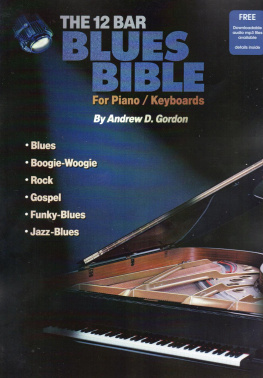
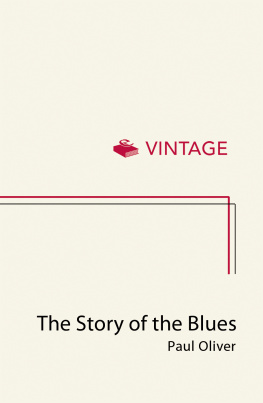
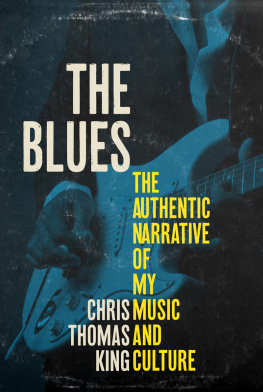
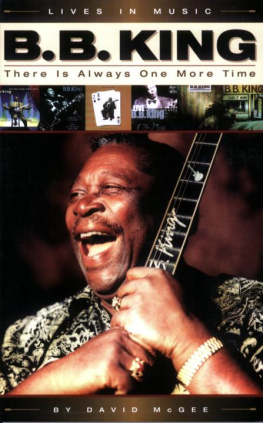
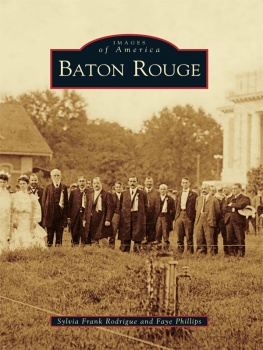
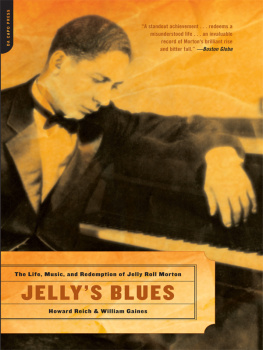
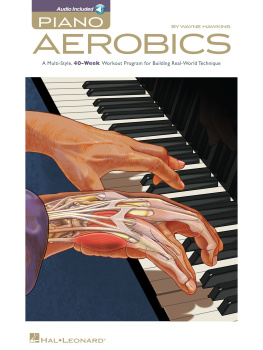
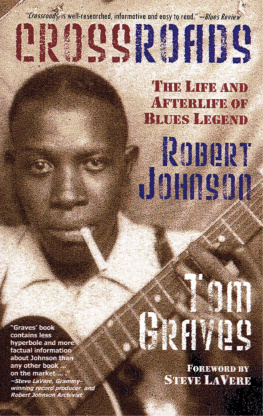
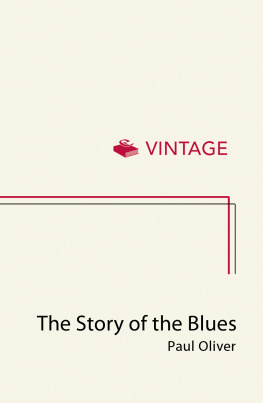

 LOUISIANA STATE UNIVERSITY PRESS BATON ROUGE
LOUISIANA STATE UNIVERSITY PRESS BATON ROUGE